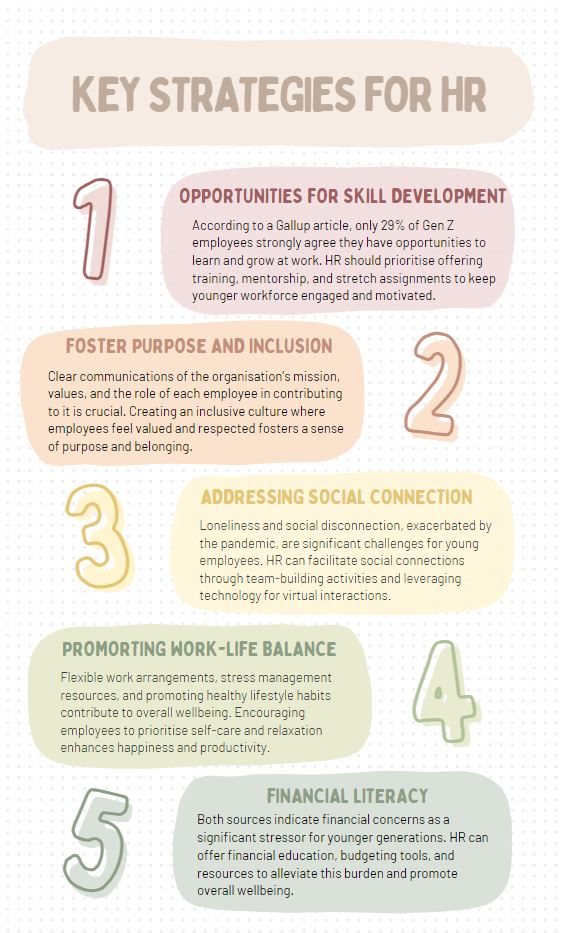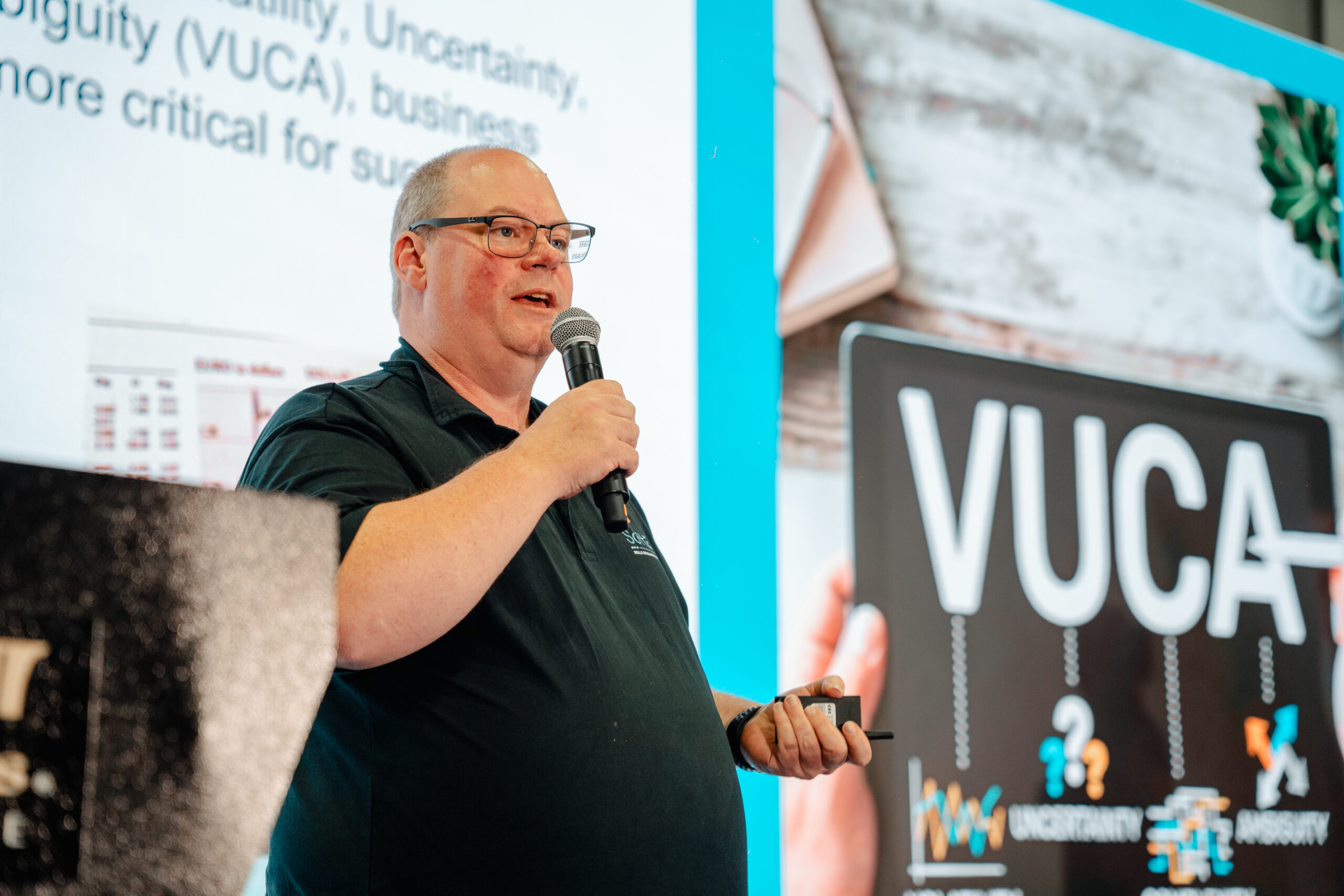Happiness gap in Asia-Pacific: Can HR bridge the divide?

Pursuing happiness in the workplace is not just a personal endeavour but also a strategic imperative for organisations aiming to foster a productive and engaged workforce.
New findings from The Gallup Organization’s World Happiness Report 2024 revealed that while happiness is rising in Central and Eastern Europe and East Asia, a gap is emerging between generations in the Asia-Pacific region.
The report attributed the happiness increase in East Asia and South-East Asia to six major factors: GDP per capita, social support, health life expectancy, freedom, generosity, and perception of corruption. Countries like China, Mongolia, South Korea, Taiwan, Cambodia, Indonesia, Malaysia, the Philippines, Thailand, and Vietnam have experienced these positive changes, leading to a more satisfied workforce.
Speaking with HRM Asia, Carisma Kartik and Chayanun Saransomrurtai, Senior Consultants at The Gallup Organization, said, “The growing economies and advancements in healthcare in these countries have resulted in better income, improved standard of living, enhanced healthcare, and increased freedom for their citizens. These improvements are significant contributors to the observed increase in happiness.”
However, while younger adults tend to be happier, Asia-Pacific throws a curveball as compared to other regions. Here, the weight seems to settle more heavily on the shoulders of those between 30 and 59 – the majority of the workforce. Specifically, this is especially true in East Asia and South-East Asia, where the lower middle-aged group (30-44) are often the least happy, Gallup found.
Intrigued by this anomaly, the researchers delved into cultural nuances. The deep respect for seniority in Asia-Pacific cultures emerged as a possible culprit. Middle managers, sandwiched between the demands of superiors and their teams navigating a changing landscape, feel the squeeze. They are the leaders who must adapt, innovate, and inspire, all while carrying the weight of the hierarchy.
However, there is more. The report threw another curveball – a wider happiness gap in South-East Asia and South Asia for those over 30. This suggested a deeper issue, namely unequal opportunities and access to resources. Not everyone has the same springboard to launch off in the search for happiness.
READ MORE: 2 Cents: Happy employees, happy company
The consultants continued, “Globally, we observe that the younger population aged under 30 tends to be the happiest, while the middle-aged and older generations are less so. This is likely due to the different life situations and needs at each stage of life, such as schooling, employment, and health.”
So, what is the antidote to this silent epidemic? The answer lies in the hands of HR professionals who hold the key to fostering a happier and more productive workforce, as Kartik and Saransomrurtai offered a roadmap to bridge the gap and cultivate a happier, more productive workforce.
Kartik and Saransomrurtai concluded, “For any organisation, it’s crucial to ensure inclusivity, providing fair and accessible facilities, development opportunities, and support to all employee groups. In addition to supporting Gen Z, we must not overlook the support needed for Gen Y and Gen X, who might be struggling in the workplace.”
“People define wellbeing and work-life balance differently at different stages of life. Therefore, it’s the organisation’s responsibility to understand the different needs across various employee groups to bridge these gaps.”




